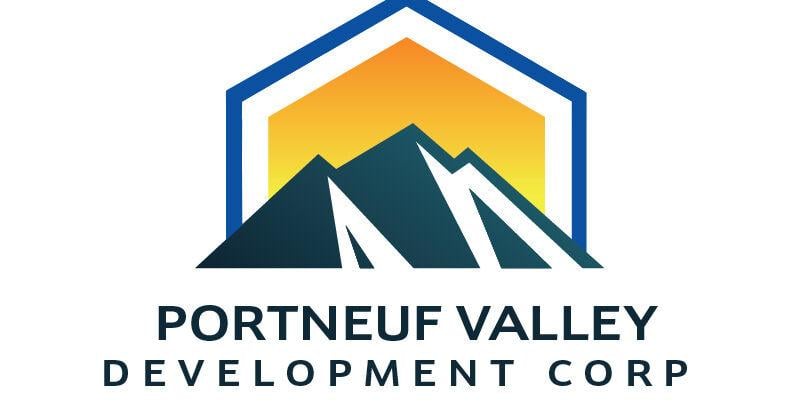Analysis of US Tourism Trends to Europe and Alignment with Sustainable Development Goals
Economic Context and Implications for SDG 8
A 2025 report on the United States economic landscape indicates a period of unusual uncertainty, marked by a slowdown in GDP growth due to trade policy and a weakening dollar. This economic climate has direct implications for global tourism and the achievement of Sustainable Development Goal 8 (Decent Work and Economic Growth).
- While the economic backdrop has impacted inbound travel to the US, outbound travel has remained robust.
- This sustained outbound tourism, particularly to Europe, provides a crucial economic contribution to host nations, supporting job creation and sustainable economic activity in their tourism sectors.
- The US remains one of Europe’s most valuable long-haul markets, underscoring the importance of this travel corridor for maintaining economic resilience and growth.
Strategic Insights for Sustainable Tourism Management (SDG 11 & SDG 12)
To better understand and manage tourism flows in alignment with global sustainability targets, an analysis of market trends and traveler behavior is essential. This data supports the development of strategies that promote Sustainable Development Goal 11 (Sustainable Cities and Communities) and Goal 12 (Responsible Consumption and Production).
- Market Sizing and Forecasts: Latest forecasts provide quantitative data to help European destinations plan for tourism volumes, ensuring that infrastructure development is sustainable and community-focused.
- Traveler Characteristics: Data on the motivators, deterrents, and planning patterns of US travelers allows for the creation of tourism experiences that protect cultural and natural heritage (Target 11.4) and encourage responsible behavior.
- Planning and Consumption Patterns: Understanding traveler decision-making processes enables stakeholders to promote sustainable tourism options and influence more responsible consumption patterns among visitors, directly contributing to the objectives of SDG 12.
Collaborative Efforts for Global Goals (SDG 17)
Addressing the complexities of the global tourism market requires multi-stakeholder collaboration, a core principle of Sustainable Development Goal 17 (Partnerships for the Goals). A strategic partnership has been formed to analyze and disseminate key market intelligence.
- The European Travel Commission (ETC), Tourism Economics, and Miles Partnership are collaborating to explore the latest trends and outlook for US travel to Europe.
- This partnership leverages combined expertise to provide data-driven insights for the tourism industry.
- By sharing information and forecasts, the initiative aims to empower destinations to build a more resilient, inclusive, and sustainable tourism sector that contributes positively to the 2030 Agenda for Sustainable Development.
Analysis of Sustainable Development Goals (SDGs) in the Article
1. Which SDGs are addressed or connected to the issues highlighted in the article?
-
SDG 8: Decent Work and Economic Growth
The article directly relates to the economic aspects of the tourism industry. It discusses how economic factors in the US, such as a slowdown in GDP and a weakened dollar, impact international travel. The focus on the US as “one of Europe’s most valuable long-haul markets” and the webinar’s goal to explore “market sizing and forecasts” underscore the article’s connection to tourism as a driver for economic growth and prosperity in the destination countries.
-
SDG 17: Partnerships for the Goals
The article announces a webinar that is a collaborative effort between three distinct organizations: ETC (European Travel Commission), Tourism Economics, and Miles Partnership. This collaboration to “explore the latest trends and outlook” and share data represents a multi-stakeholder partnership. Such partnerships are crucial for achieving the SDGs by mobilizing and sharing knowledge, expertise, and data to address complex global challenges, in this case, understanding and navigating the dynamics of the international tourism market.
2. What specific targets under those SDGs can be identified based on the article’s content?
-
Target 8.9: “By 2030, devise and implement policies to promote sustainable tourism that creates jobs and promotes local culture and products.”
The article’s content is a prerequisite for achieving this target. By analyzing “latest trends,” “market sizing,” “forecasts,” and “traveller characteristics, including motivators, deterrents and planning patterns,” stakeholders in Europe can gather the necessary intelligence to devise effective policies. These policies would aim to attract tourists from the valuable US market, thereby supporting economic growth and job creation within their local tourism sectors.
-
Target 17.16: “Enhance the Global Partnership for Sustainable Development, complemented by multi-stakeholder partnerships that mobilize and share knowledge, expertise, technology and financial resources…”
The webinar described in the article is a direct manifestation of this target. It is a multi-stakeholder partnership (ETC, Tourism Economics, Miles Partnership) specifically designed to mobilize and share knowledge and data-driven insights (“latest trends and outlook,” “market sizing and forecasts,” “data on traveller characteristics”) related to the tourism sector.
-
Target 17.17: “Encourage and promote effective public, public-private and civil society partnerships, building on the experience and resourcing strategies of partnerships.”
The collaboration between the three organizations to produce and disseminate this economic analysis of tourism trends is a clear example of the type of effective partnership this target aims to promote. They are combining their respective expertise and resources to provide valuable information to the wider travel and tourism industry.
3. Are there any indicators mentioned or implied in the article that can be used to measure progress towards the identified targets?
-
Indicators related to Target 8.9 (Promote Sustainable Tourism):
While the article does not mention official UN indicators, it explicitly and implicitly refers to several metrics that are used to monitor the economic health and potential of the tourism sector. These serve as practical indicators for stakeholders:
- Macroeconomic Indicators: The article mentions “GDP has slowed” and “the dollar has weakened” as key factors influencing travel.
- Travel Volume Indicators: The text notes that “outbound travel has remained robust” and there are “notable increases to European destinations.”
- Market Analysis Indicators: The webinar promises to provide data on “market sizing and forecasts,” which are quantitative measures of the tourism market’s value and potential.
- Qualitative Traveler Indicators: The analysis of “motivators, deterrents and planning patterns” provides qualitative data to understand and influence tourist behavior.
-
Indicators related to Targets 17.16 & 17.17 (Partnerships):
Progress towards partnership-related targets can be measured by the existence and activities of such collaborations. The article implies the following indicators:
- Formation of Multi-Stakeholder Partnerships: The existence of the partnership between ETC, Tourism Economics, and Miles Partnership is itself an indicator.
- Knowledge-Sharing Activities: The webinar is a specific, measurable activity aimed at sharing knowledge and data, demonstrating the partnership’s function and effectiveness.
Summary Table: SDGs, Targets, and Indicators
| SDGs | Targets | Indicators (Mentioned or Implied in the Article) |
|---|---|---|
| SDG 8: Decent Work and Economic Growth | 8.9: Devise and implement policies to promote sustainable tourism that creates jobs and promotes local culture and products. |
|
| SDG 17: Partnerships for the Goals | 17.16: Enhance the Global Partnership for Sustainable Development… complemented by multi-stakeholder partnerships that mobilize and share knowledge, expertise… |
|
| 17.17: Encourage and promote effective public, public-private and civil society partnerships… |
Source: etc-corporate.org







